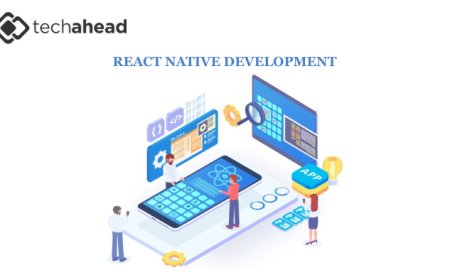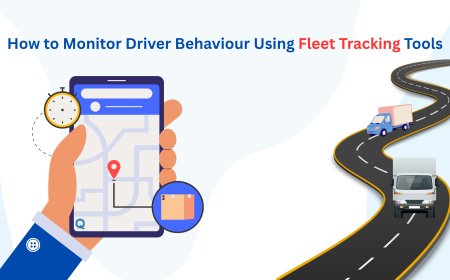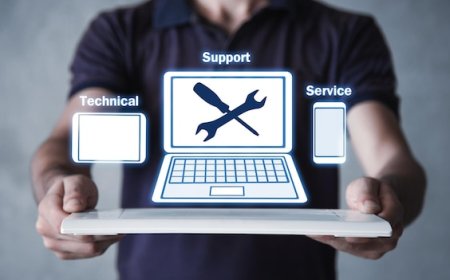Video Annotation Services for Object Tracking and Human Activity Detection
Empower computer vision models with video annotation services for object tracking, action detection, and frame-by-frame analysis across industries.
Introduction
As artificial intelligence continues to transform industries, the demand for high-quality labeled data is more critical than ever. Among the most valuable resources powering computer vision systems are video annotation services, particularly in domains where dynamic understanding is crucial. Object tracking and human activity detection stand out as two of the most impactful applications of annotated video data. From autonomous vehicles to security systems and robotics, these capabilities are reshaping how machines interpret and respond to the world in real-time.
This article explores how video annotation empowers AI systems with advanced vision capabilities, with a deep dive into object tracking and human activity detection. Well also touch upon the practical significance of such technologies across automotive, defense, and enterprise use cases.
The Role of Video Annotation in Modern AI
Unlike static images, videos present a sequence of frames, allowing for the temporal tracking of objects and behaviors. Video annotation services involve labeling moving entities frame-by-frame, enabling AI models to understand not just what is present, but how it moves, interacts, and changes over time.
These services are foundational to developing reliable computer vision models that can perform complex tasks like identifying suspicious activities, monitoring driver behavior, tracking objects in traffic, or following a subject in a crowded environment.
Object Tracking: Teaching Machines to Follow Motion
Object tracking refers to the process of locating and following a specific object across multiple video frames. This technique is pivotal in applications such as surveillance, traffic monitoring, warehouse automation, and autonomous navigation. Annotators typically use bounding boxes or polygons to mark the object's position across time, ensuring continuity and accuracy.
What makes video annotation essential in this context is its ability to feed machine learning models with training data that captures variations in scale, orientation, occlusion, and lighting conditions. This diverse representation helps models generalize across real-world scenarios.
In self-driving car technologies, for instance, accurate object tracking is crucial for avoiding collisions and predicting the movement of other vehicles and pedestrians. When paired with technologies like lidar or radar, annotated video data becomes even more potent in enabling intelligent decision-making.
Human Activity Detection: Decoding Behavioral Patterns
Understanding human movement is another critical challenge in AI, particularly in environments where safety and situational awareness are vital. Human activity detection involves labeling specific gestures, postures, or sequences of movement to train models that can recognize actions like walking, sitting, waving, or running.
Such annotation becomes indispensable in sectors like healthcare, workplace safety, sports analytics, and surveillance. For example, in eldercare monitoring systems, AI trained on annotated video can detect falls or abnormal motion. In industrial environments, it can flag hazardous behavior before accidents occur.
Precision in this process relies on temporal annotation techniques, often requiring frame-by-frame breakdowns or keypoint tracking for specific body parts. These annotations allow AI models to learn not just static snapshots of actions but also the sequence and flow of movements that define behavior.
Real-World Use Cases Across Industries
The value of video annotation extends across a wide range of industries. Here are a few areas where object tracking and human activity recognition are making a tangible impact:
1. Autonomous Vehicles
Object tracking forms the backbone of perception modules in driverless systems. Beyond external tracking, In-Cabin Monitoring Solutions for Autonomous Vehicles are increasingly relying on video annotation to detect drowsiness, distraction, or sudden movements within the vehicle. This enables smarter, safer passenger experiences.
2. Defense and Security
In defense applications, identifying targets, monitoring activities, or tracking movement patterns are essential for operational awareness. Fleet Operations for Defense Autonomy benefit from video annotation to ensure real-time decision support in complex environments.
3. Smart Cities
Urban surveillance systems use object and activity tracking to enhance public safety. Annotated video helps detect loitering, identify unauthorized access, and monitor crowd dynamics, contributing to responsive and secure city infrastructure.
4. Retail and Customer Behavior
Retailers use activity detection to understand foot traffic patterns, customer dwell time, and interaction with products. Annotated video footage supports marketing optimization and store layout design through behavior insights.
Conclusion
Video annotation services are the hidden force behind some of the most advanced AI systems in use today. Whether its teaching autonomous vehicles to navigate busy streets or enabling AI to understand human behavior in real time, the meticulous process of video labeling plays a foundational role.
By enabling precise object tracking and human activity detection, these services are unlocking new possibilities in safety, automation, and intelligence. As the demand for computer vision applications accelerates, investment in high-quality video annotation will continue to be a strategic necessity for forward-thinking organizations.
For those building vision-based AI solutions, leveraging video annotation services is more than a technical stepits a commitment to performance, safety, and real-world impact.





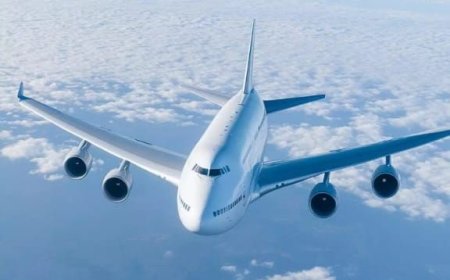





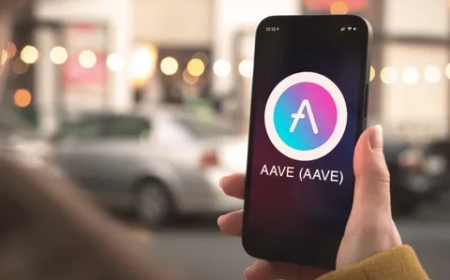









![Top 11 Real Estate Mobile App Developers in Riyadh, Saudi Arabia [2025 Edition]](https://www.philadelphialivenews.com/uploads/images/202506/image_430x256_68621a9e48997.jpg)


